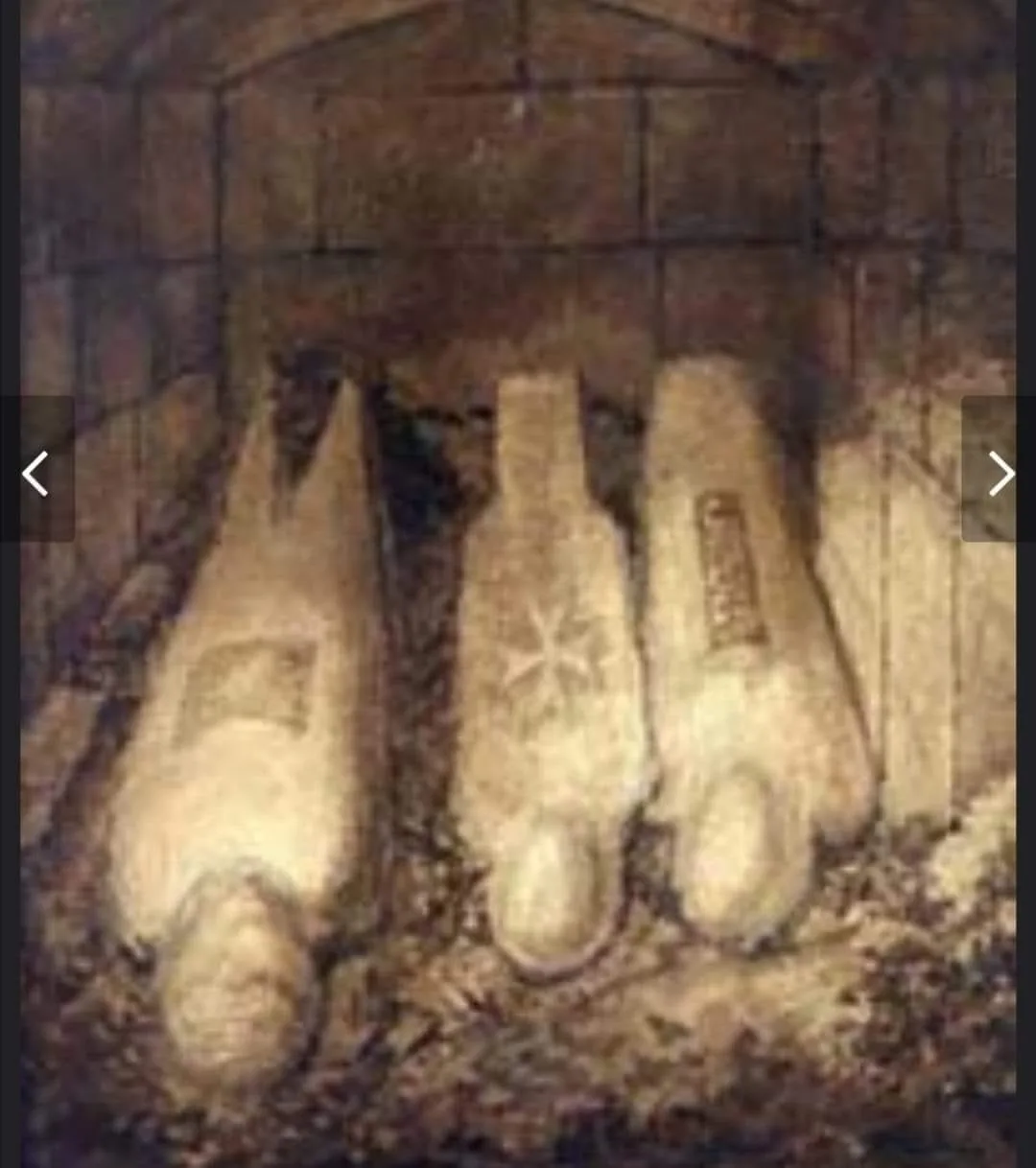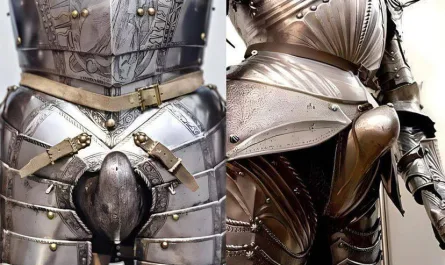Imagine descending into the solemn quiet of Westminster Abbey, not to admire the soaring arches or stained glass, but to peer into a vault hidden beneath a grand monument. In 1869, precisely on February 11th, a rare and remarkable event occurred: the vault beneath the Monument of Henry VII and his Queen was opened, revealing the surprisingly well-preserved remains of three significant figures in English history.

The image we are sharing is a fascinating historical drawing by George Scharf, made at the very moment of this discovery. It offers an intimate, almost haunting view of the lead-encased bodies of James I, Elizabeth of York, and Henry VII, lying in eternal repose.
From left to right in the drawing, we see:
- James I: The first Stuart King of England, whose reign united the crowns of Scotland and England. His form, though encased, still conveys a sense of human repose.
- Henry VII: The founder of the Tudor dynasty, who brought an end to the Wars of the Roses. His lead casing is notably adorned with a prominent cross emblem, perhaps reflecting his piety or the symbolism of his era.
- Elizabeth of York: Henry VII’s queen, whose marriage united the warring houses of Lancaster and York, a crucial moment in English history. Her casing appears to feature an inscribed plaque, likely detailing her identity.
This extraordinary opening of the vault was not a random act of curiosity, but part of a systematic survey undertaken by Arthur P. Stanley, the Dean of Westminster, in the 1860s. Stanley embarked on an ambitious project to thoroughly document and, where necessary, restore the numerous royal tombs within the Abbey. He discovered that some of these ancient vaults were in a state of considerable disarray, with coffins at risk of collapse or further damage. His efforts were crucial in making them orderly, ensuring the continued preservation of these irreplaceable historical artifacts.
Beyond mere tidiness, Dean Stanley’s survey also played a vital role in historical verification. In an age before precise records were always kept or easily accessible, the exact burial locations of some royal figures were often subjects of rumor or legend. Stanley’s painstaking work allowed him to confirm the actual resting places of many historical figures, providing invaluable data for historians and giving a tangible link to the past.
The discovery of the well-preserved lead casings of James I, Henry VII, and Elizabeth of York was undoubtedly a highlight of his survey. These lead shells, often custom-made to fit the embalmed body, served as an inner coffin, designed to preserve the royal remains for as long as possible. Their condition in 1869 speaks to the craftsmanship of the time and the care taken in royal burials.
Today, while we don’t disturb these sacred resting places, this drawing by George Scharf offers us a unique and powerful glimpse into a rarely seen aspect of royal history. It connects us directly to the physical remains of figures whose decisions shaped nations, reminding us that even the grandest historical narratives are ultimately woven from the lives (and deaths) of real people. It’s a profound reminder of the history that lies not just on the surface of our monuments, but hidden deep within them.





